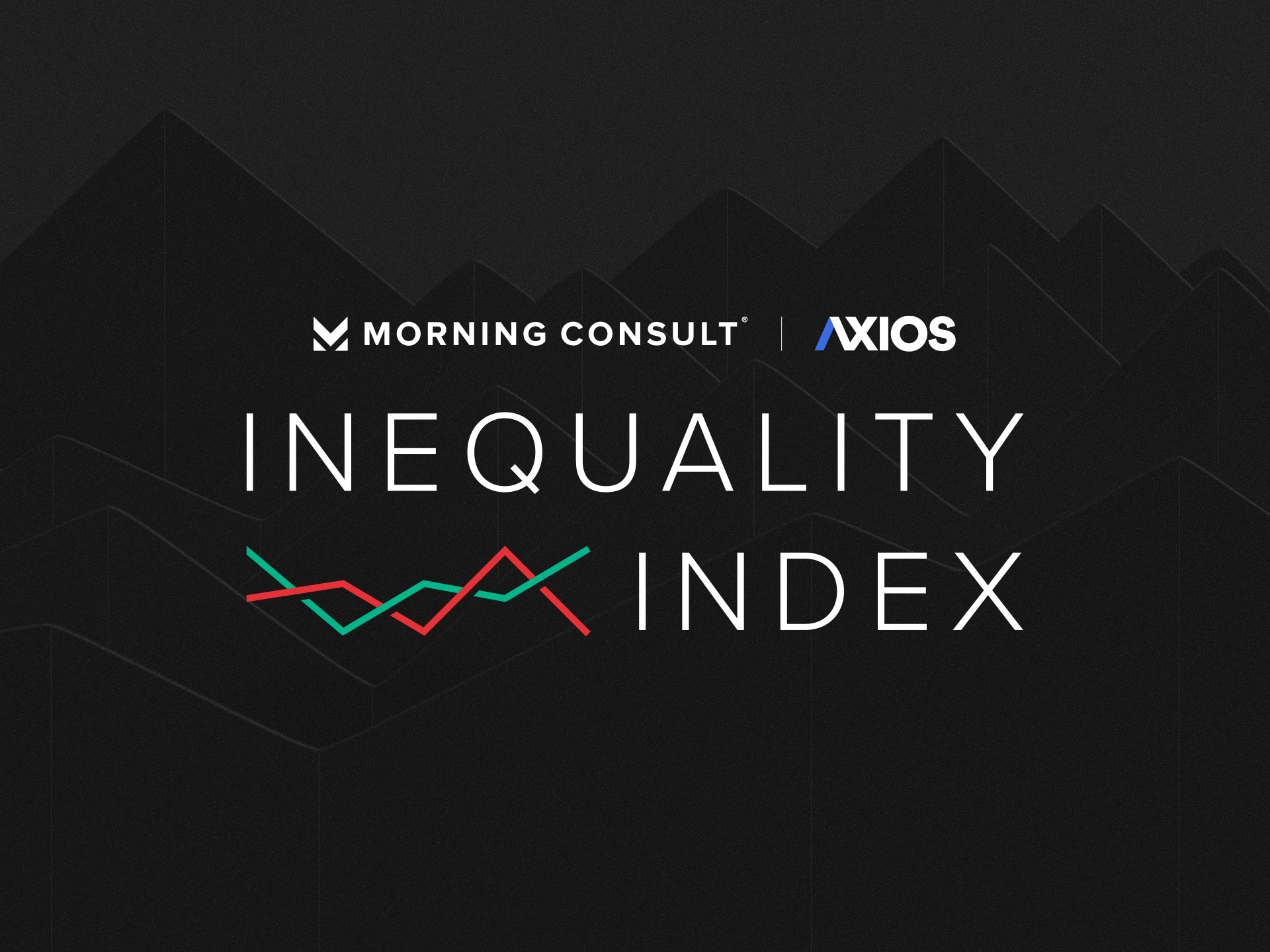Women Are Spending Big This Summer, but Their Financial Health Is More Complicated Than It Seems

Key Takeaways
Women are being hailed as economic saviors this summer, but just 27% say they have money left over at the end of the month.
Gen Z and high-income women likely led the spending boom, but for different reasons. Women in high-income households have excess funds, whereas Gen Zers have lower expenses and often prioritize things they desire.
Though women continue to face financial challenges relative to the general population, many perceive themselves as worse off financially even as their overall situations improve. This should serve as a signal that there’s some unmet appetite for financial education and budgeting tools targeted toward this key demographic.
For our latest analysis and data on financial services and the economy, sign up for our economic and finance content alerts.
Summer 2023 has been dubbed “the summer of women” after experiences made by women, for women were met with rave reviews and smashing success. “Barbie” grossed $1 billion in 17 days, with totals still climbing. And major concert tours from the likes of Taylor Swift, whose Eras Tour is projected to bring in 10 figures, and Beyoncé, who broke records for the largest one-month concert gross, are reaching new peaks. These low- and high-dollar discretionary events have also had ripple effects from women who spend on corresponding apparel, travel and dining: The Eras Tour’s 20-city U.S. run alone generated an estimated $5 billion in consumer spending.
Despite the argument that the economy is thriving because of women, whether the women powering that growth are themselves thriving financially is more complicated. Morning Consult data gathered between May and July found that women are financially preoccupied: More than 8 in 10 said they thought about their finances at least “some” on a monthly basis, with 52% saying they did so “a lot.” This raises questions about whether women’s high-octane summer has come because of financial security or in spite of it — and it carries implications for financial services providers looking to best serve a demographic that has great influence over consumer spending.
Women are spending in the face of financial concern
Historically, women have displayed persistently lower levels of financial well-being than both men and the population overall. And while their situations are improving — labor force participation has risen, and Morning Consult’s proprietary index tracking price sensitivity shows women are becoming less sensitive — these long-term challenges may have baked in lingering insecurity, with slim shares of women reporting they feel financially secure right now. Only around one-fifth to one-quarter of women readily agreed that they could handle a major unexpected expense, are securing their financial future and can enjoy life because of the way they’re managing money.
Most Women Worry They Aren’t Financially Secure
And though they continue to make high-ticket, often discretionary purchases, women remain concerned about their ability to do so. Around one-third said giving a gift would “always” or “often” put a strain on their finances, and only 27% said they always or often have money left over at the end of the month. These concerns aren’t stopping women from spending big on experiences they value, which is in line with an overall economic shift away from goods and toward services. And it also reflects the value that women-oriented products and marketing campaigns can have in moving dollars. But women are still showcasing persistent concern about their ability to make ends meet.
There’s a gap between women’s perception of their financial circumstances and reality
Women are likely better off than they think they are. Even if many aren’t convinced they have the money to make large discretionary purchases, nearly 7 in 10 women (68%) surveyed by Morning Consult were “very” or “somewhat” confident they could pay their monthly expenses in full. And they don’t seem to be going into debt to do so: Just 13% are considering opening a new credit card, and only 17% reported overdrafting. These behaviors all signify actual financial stability that contrasts with the perceived anxiety women expressed in our survey.
Specific demographics at scale: Surveying thousands of consumers around the world every day powers our ability to examine and analyze perceptions and habits of more specific demographics at scale, like those featured here.
Why it matters: Leaders need a better understanding of their audiences when making key decisions. Our comprehensive approach to understanding audience profiles complements the “who” of demographics and the “what” of behavioral data with critical insights and analysis on the “why.”
Higher-income and younger consumers have been spending more overall this summer — and women in these demographics are of particular interest because of their relatively high financial well-being scores.
- Higher-income women: Women in households making at least $100,000 annually have a financial well-being score that’s nearly 10 points higher than the score among all women, which reflects improvements in consumer sentiment and spending among this demographic. Extra income helps women more effectively weather higher prices with money left over for fun; this group is more consistently making progress on key financial milestones included in our survey.
- Younger women: Gen Z women post higher financial well-being scores than any other generation except baby boomers, who have had the longest to accumulate wealth that might insulate them from economic volatility. But their actual progress toward other financial markers is relatively mixed. Some of this could stem from their age: Gen Zers are more likely than older adults to live with parents or have fewer big expenses, which makes discretionary spending easier. But it could also stem from an attitude to money that differs from other generations’ as part of their overall value alignment toward self-indulgence and living in the moment.
Women’s Financial Well-Being Varies by Demographic
Providers looking to serve women should embrace financial management and experience-focused rewards
Many women do not have an accurate perception of their financial well-being. Women are spending even if they don’t think they can afford it — but the reality is that they often can. This could signify an appetite for tools, services and professionals designed to help women quash financial anxiety and empower them to stop underestimating their own financial well-being.
And yet, there’s still lingering demand for spending in the pandemic’s wake. After years spent at home, even women on the borderline of not being able to afford large discretionary purchases will make them, especially when it’s something they find particularly important. Experiences like “Barbie,” Taylor Swift and Beyoncé have truly resonated with this demographic, and that means more than any budgetary constraint, even if it requires sacrifice in other areas. Providers looking to capture these customers and their dollars should take that to heart by embracing experience-focused rewards or layering budgeting and personal financial management tools into existing offerings.
Correction: This memo has been updated with very slight adjustments to certain financial well-being scores, as well as the percentage of women who overdrafted in August, because of a data processing error.
Jaime Toplin previously worked at Morning Consult as a senior financial services analyst.


